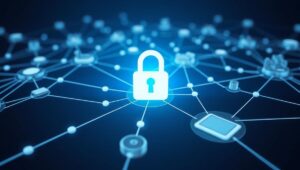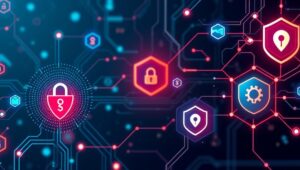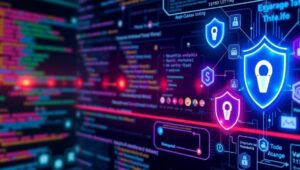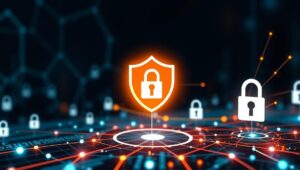Homomorphic Encryption: Computing on Encrypted Data (Practical by 2028?)
Homomorphic encryption (HE) is a form of encryption that allows computations to be carried out on ciphertext, generating an encrypted result which, when decrypted, matches the result of the operations as if they had been performed on the plaintext. In simpler terms, it allows you to perform calculations on encrypted data without decrypting it first. This is a game-changer for data privacy and security. Imagine being able to analyze sensitive medical records, financial data, or personal information without ever exposing the raw data itself! How Does Homomorphic Encryption Work? Traditional encryption methods protect data by making it unreadable to unauthorized












